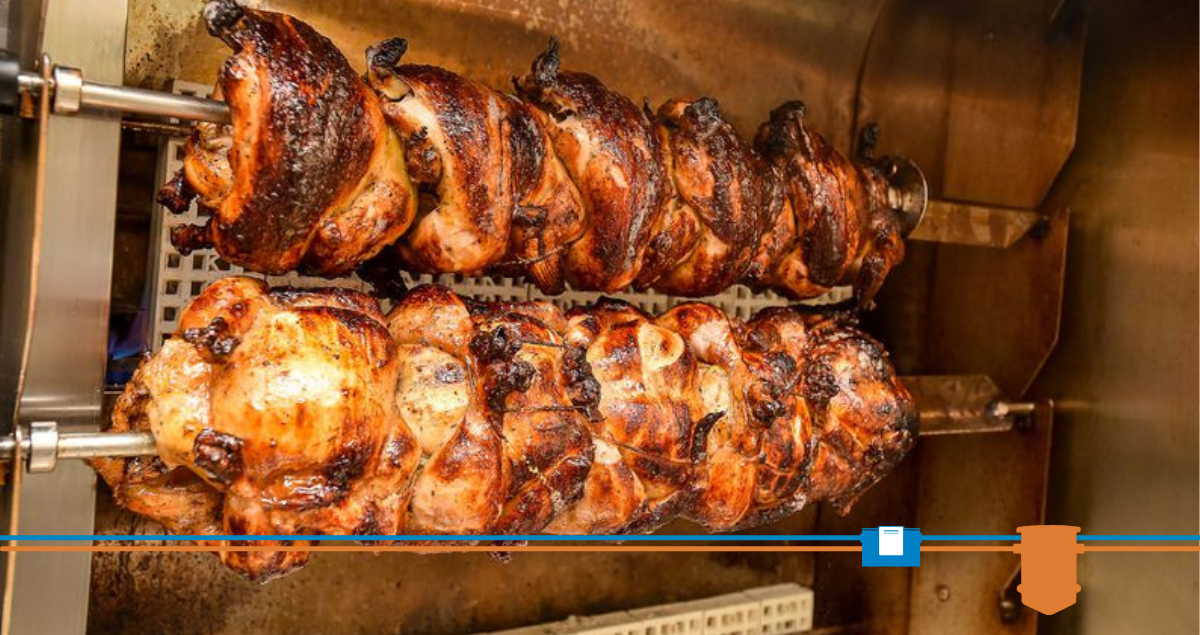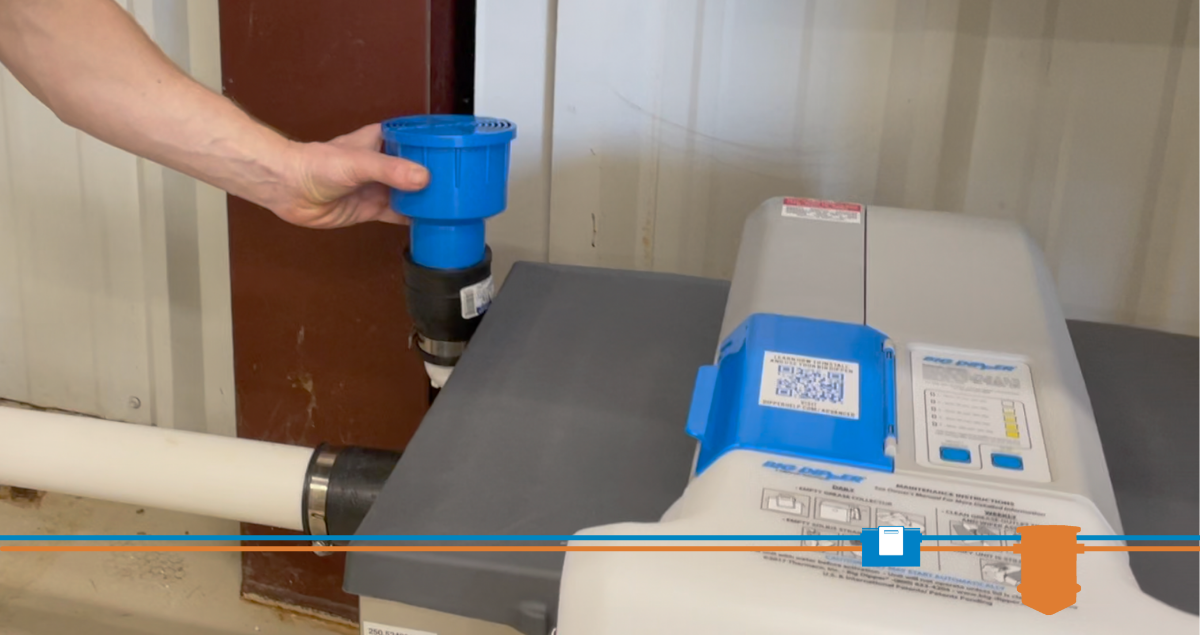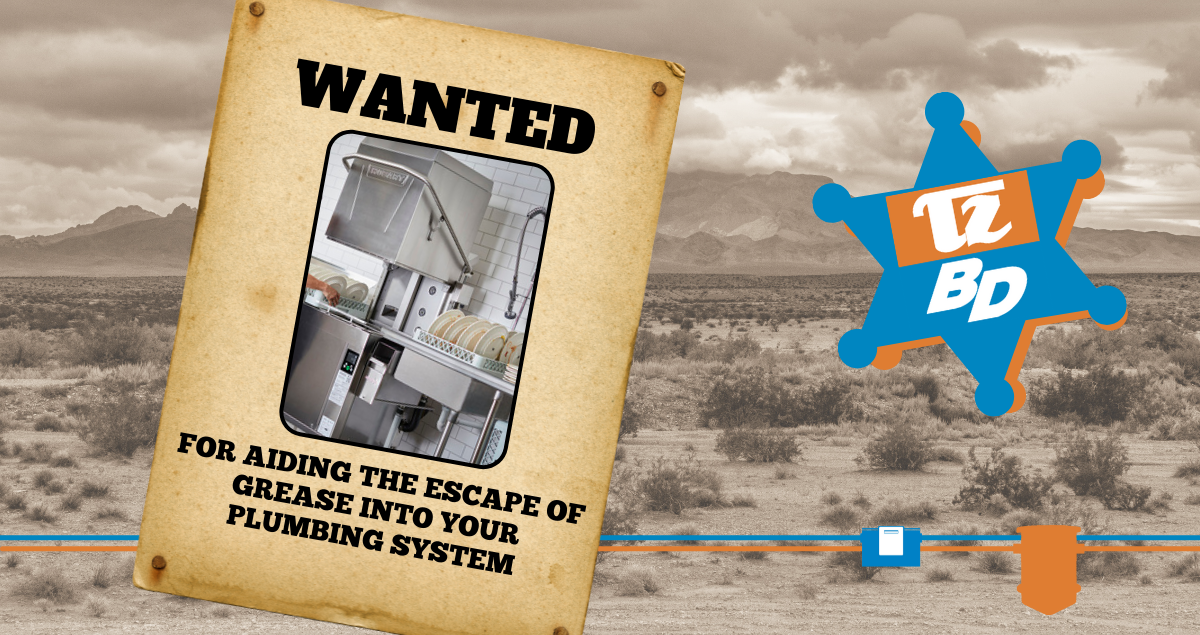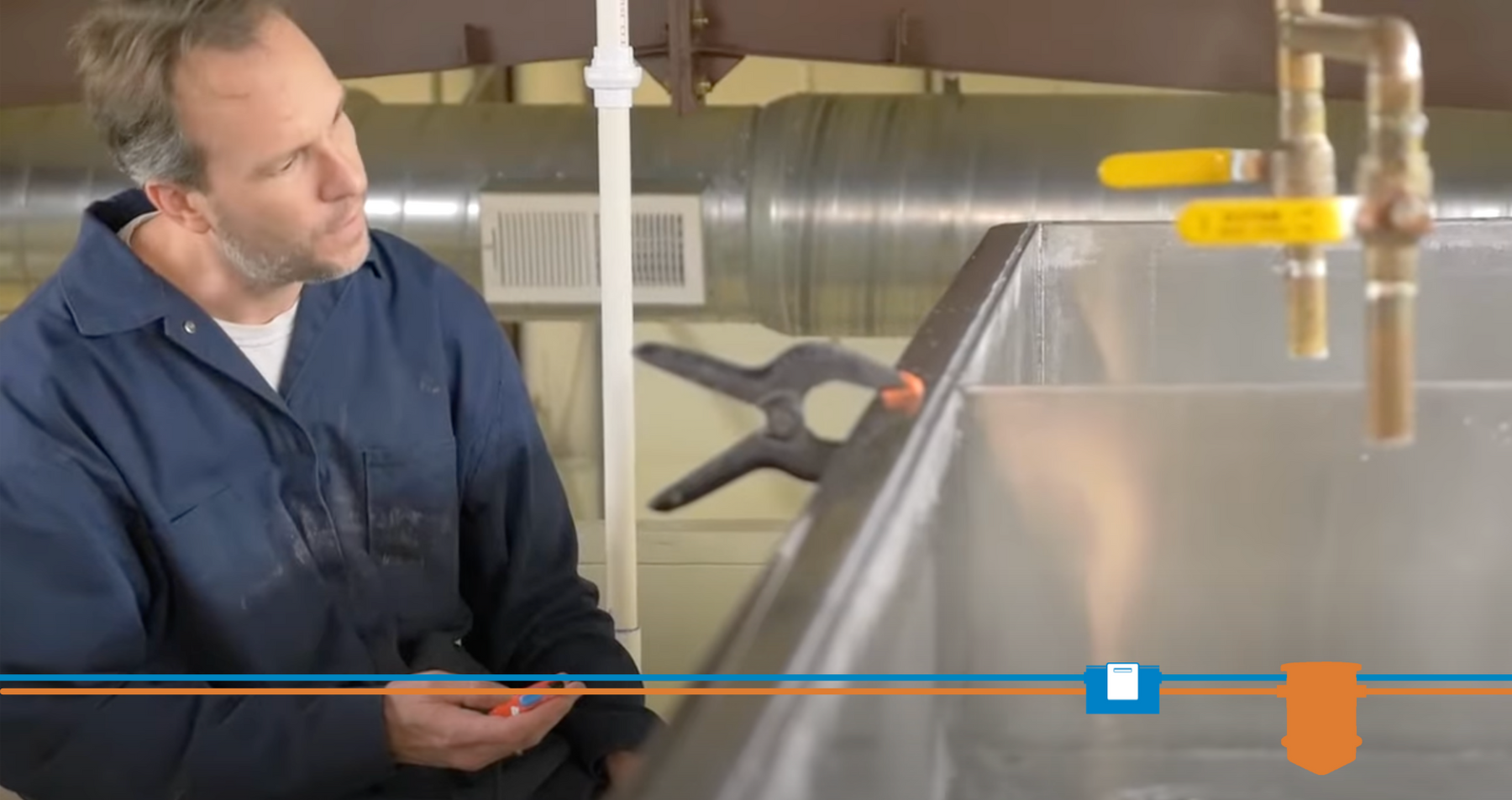How grease interceptors can reduce greenhouse gases
- Oct 11, 2016
Food establishment operators already know the benefits of using grease interceptors to capture used oil and grease — cleaner sewage systems, reduced costs for wastewater treatment plants and fewer fines from municipalities.
Plus, you can protect your facility’s interior plumbing and make a little extra money selling used cooking oil to recyclers.
But did you know that by capturing all that grease, you’re also helping cut greenhouse gas emissions?
Straight-forward savings
As commercial kitchen operators go about their business, collecting grease in traps and interceptors, they’re already playing an important role in reducing the amount of greenhouse gasses released into the atmosphere. Keeping fats, oil and grease (FOG) out of wastewater saves treatment plants a great deal of money and energy.
Most wastewater treatment plants burn more energy because they have to work to pull grease out of wastewater. They use advanced filtration systems, skimmers to skim grease from the top of water collection basins, and heaters to make sure the grease is fluid enough to be easily trapped.
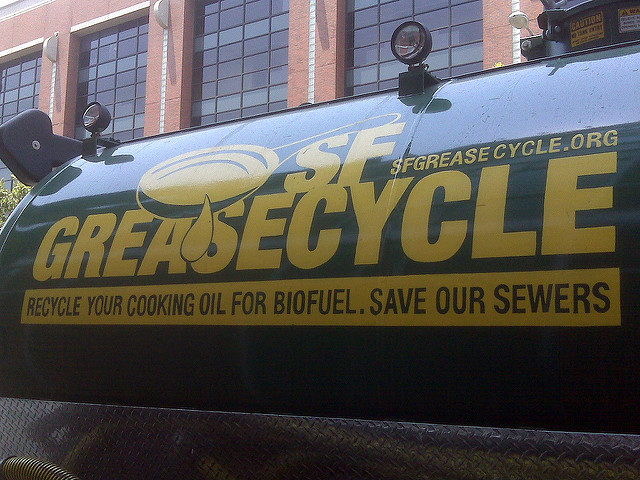
The captured grease must then be hauled to a landfill or a recycling location, which adds transportation costs and emissions to the environment.
In all, treatment plants consume about three percent of the nation’s electricity each year to collect, pump, treat, and dispose of wastewater and waste products. Generating and using all that electricity causes about 30 million tons of carbon dioxide to be released into the atmosphere.
By keeping FOG out of our wastewater, commercial kitchen operators reduce the electricity demand at treatment plants, thereby reducing carbon dioxide emissions from power plants that provide electricity to those plants.
Another less obvious benefit of grease traps is the potential to improve recycling of organic waste into methane gas that can be used to power treatment plants.Methane production
Many waste water treatment plants are already creating their own sources of energy from sludge left over from the wastewater treatment process. Just as decomposing food waste in landfills produces methane, anaerobic digestion of sludge at treatment plants also creates the greenhouse gas. When captured, methane can be burned and used to produce electricity to run the plant, cutting its utility bills significantly and reducing costs passed along to rate payers.
Scientists have recently discovered that adding specific amounts of FOG to the sludge in the digester provides a high-energy food source for the digester bacteria and can produce more than twice as much methane.
Some forward-thinking wastewater treatment plants are taking advantage of this discovery and have built storage tanks on-site to hold FOG and other organic waste delivered from local kitchens.
By treating the waste locally and turning it into biogas, plants keep their power costs down, and may save businesses the transportation cost of delivering FOG waste to outside treatment facilities or landfills. And fewer miles traveled means less green house gasses in the atmosphere.
Biodiesel
While it has become common practice to recycle deep fryer oil and turn it into biodiesel, the brown grease found in grease traps is harder to recycle because it contains water and many more contaminants. But increasingly, enterprising companies are working with food-waste haulers to collect brown grease, dewater it and turn it into fuel.
Depending upon how it’s made, biodiesel can be better for the environment than petroleum diesel because it tends to generate fewer toxins and greenhouse gasses. Unlike fossil fuels dug up from underground, biodiesel doesn’t release long-stored carbon as carbon dioxide into the atmosphere when burned.
Additionally, many grease recycling centers are locating close to restaurants and other food businesses. This means that haulers have less distance to travel, thus, reducing gas costs and emissions.
Supply for years to come
Perhaps the best benefit of grease trap waste is that it’s a renewable resource. Restaurants and commercial kitchens will likely continue to produce millions of gallons of grease waste each year.
By capturing that waste in traps or grease interceptors before it enters our water system and making it easier to collect, commercial kitchen operators increase opportunities for recycling and clean fuel production. Ultimately, they are helping reduce greenhouse gasses and slow global warming.

